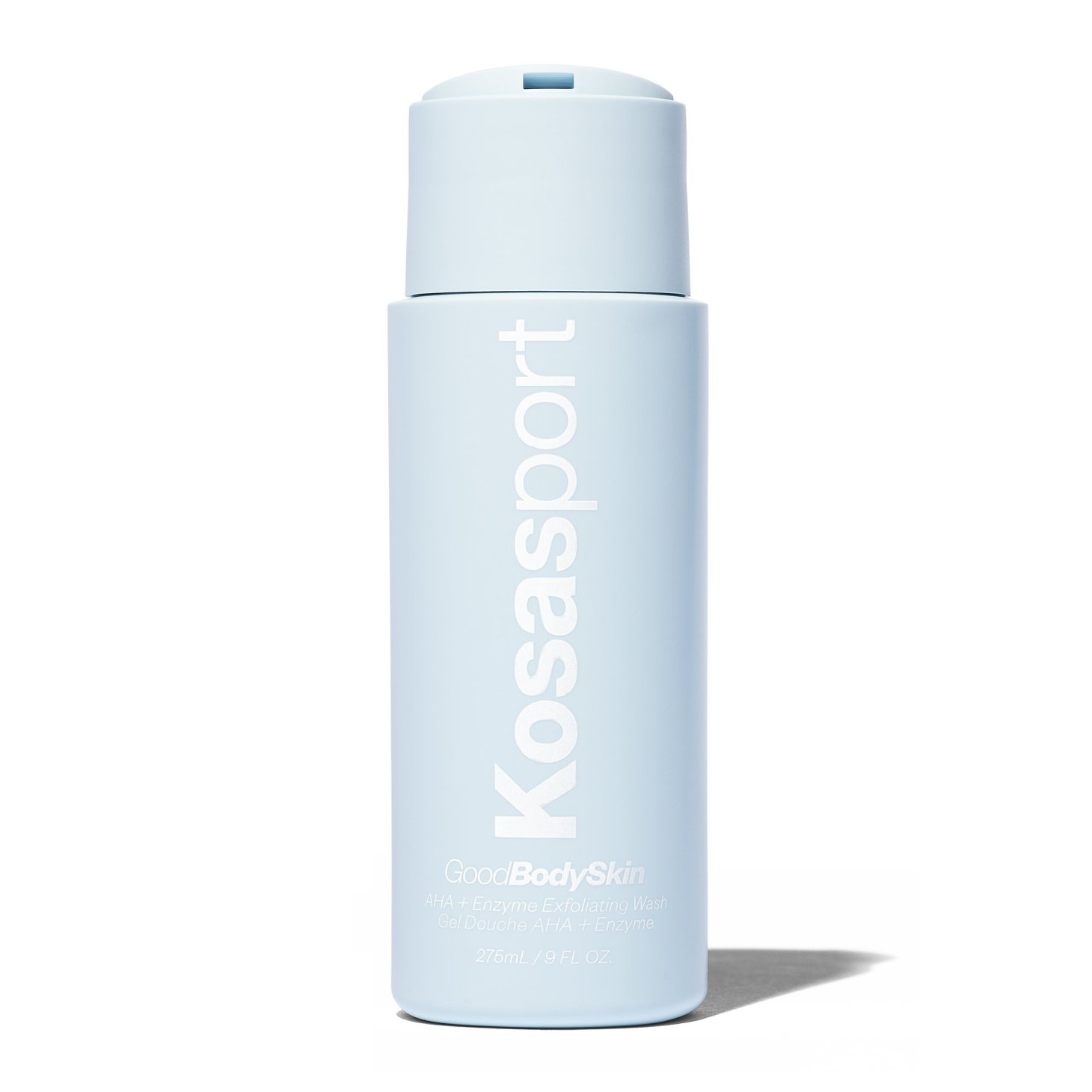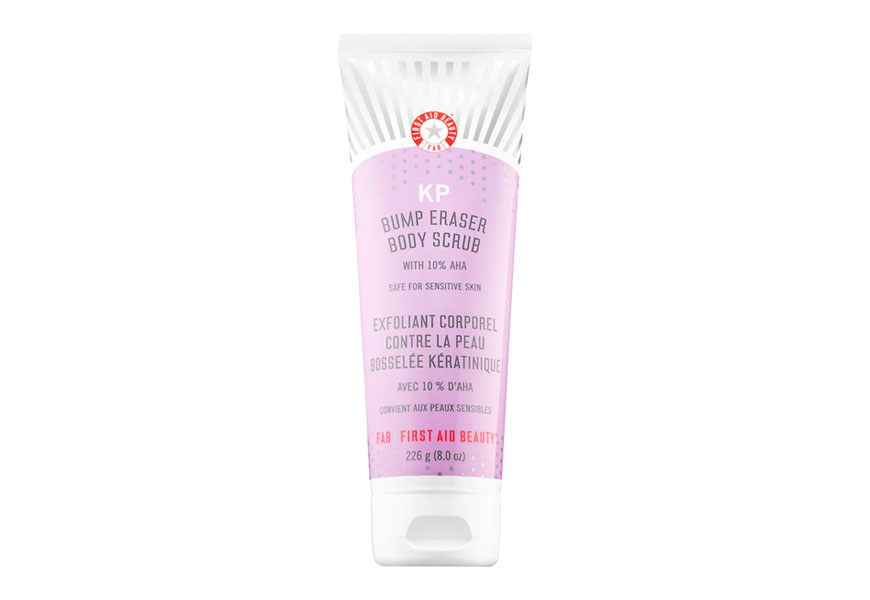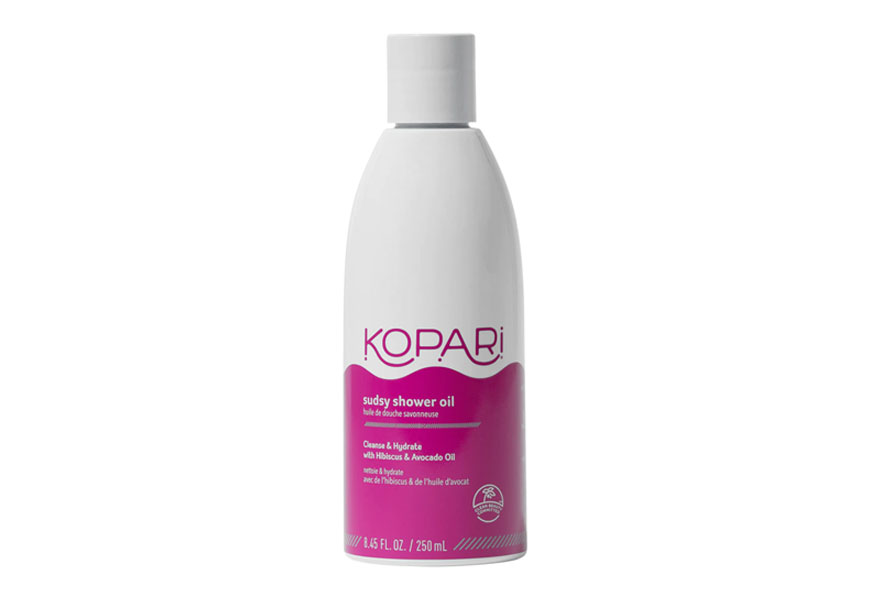How to Finally Stop Pesky Razor Bumps in Their Tracks
First of all, rest assured that they're extremely common (I, for one, probably get them every time I shave). "We are mammals and covered with hair follicles," says Purvisha Patel, MD, a board-certified dermatologist and founder of Visha Skincare. "Razor bumps typically occur after shaving over hair follicles. The follicle then has inflammation, irritation, and possibly a micro-infection within it as the hair tries to grow back."
- Dendy Engelman, MD, FACMS, FAAD, board-certified dermatologic surgeon at Shafer Clinic Fifth Avenue in New York City
- Manon Pilon, Manon Pilon is an author, renowned skin-care educator, and formulator for Nelly De Vuyst.
- Purvisha Patel, MD, board-certified dermatologist and founder of Visha Skincare
You'll recognize them because they can be itchy, tender, and can even result in scarring. For the full rundown on the skin woe—plus how to treat and prevent it—keep scrollin'.
What exactly are razor bumps?
Essentially, razor bumps are itty bitty infections. "They're a small infection in the follicle that causes a red bump," explains Manon Pilon, author, renowned skin-care educator, and formulator for Nelly De Vuyst. "It may be an ingrown hair or folliculitis."
While you may mindlessly shave in the shower—chances are you have it down to a science, after all—things can go a little haywire. "The skin is there to protect us, so when we shave in the opposite direction of the hair growth, it can cause an irritation," says Pilon. "It also unbalances the skin's natural defense system, the microbiota."
{{post.sponsorText}}
That defense system then protests against that disturbance by rearing its head via those bumps you know and hate. "If the skin's microbiota isn't healthy to start with or it's not in balance, the defense is impaired, thereby allowing pathogenic bacteria to proliferate," she explains. "This proliferation of bacteria is what causes the bump on the skin, often called a razor bump."
They look pretty similar to an ingrown hair, and are in fact almost the same thing, says Dr. Patel. "With an ingrown hair you may see small signs of infection, such as a pimple or pustule," she says. "They tend to be more painful than razor bumps, which are mostly inflammation and less of an infection."
How to get rid of razor bumps
The secret to getting rid of your razor bumps is all about quashing the inflammation (as is the case with so many issues). "Using products that soothe the inflammation and kill any potential bacteria or fungus on the skin helps razor bumps go away," says Dr. Patel. Look for products with antibacterial ingredients like tea tree oil or anti-inflammatory ones such as ceramides, chamomile, and aloe vera.
Another method is good ol' exfoliation. "Try a chemical exfoliant to break down the skin cells above the hair," says Dendy Engelman, MD, a New York-based dermatologist. "Retinol exfoliates the top layer of the skin, which will be effective in loosening the skin over the ingrown hair (if there is one)." She also recommends using apple cider vinegar to soothe the irritated area. Whatever you do, however, don't pick at or touch the bumps. "It could cause scarring or even worse, become infected," Dr. Engelman adds.

Tired of razor bumps? This exfoliating cleanser will unclog pores, smooth texture, and prevent blemishes.
Dermatologist-approved ways to prevent razor bumps
First things first: It's key to watch how you shave, rather than take your razor to your body willy-nilly. "If you shave in many different directions, you increase the chances of razor bumps, irritation, and even ingrown hairs because of the angle the hair was shaved off," says Dr. Engelman. "It's best to shave in the direction of which your hair grows or against it." That means down the leg rather than up it, BTW.
Then it's all about your tools and your technique. To begin with? Exfoliate. "Start with freshly exfoliated and moisturized skin to make sure it's good to go," says Dr. Engelman. "I like First Aid Beauty Cleansing Body Polish to exfoliate before shaving, [it's] a multi-tasking treatment that cleanses, exfoliates, and smoothes to banish bumps and reduce flakey skin. Exfoliating the area before shaving will smooth skin texture and buff away dirt that may be clogging your pores and causing flareups."
After getting a freshly exfoliated surface, make sure your body is hydrated by applying a quality lotion. "Moisturized skin will be more pliable and hair will grow out easily," says Dr. Engelman. "I believe it's important to soak and grease—AKA use an in-shower oil and immediately follow with lotion." Applying a moisturizer to wet skin allows the product to lock in that moisture by trapping some of the water on your skin. "The glycerin in lotion helps to bind water molecules, which not only gives a supple feeling but softens the skin barrier," she says.
For the actual act of shaving itself, look for a good razor—you know, not that one that's been sitting in your shower for four months. "Use a sharp, multi-bladed razor," notes Dr. Patel, who also advises using shaving products like shaving lotion. "Use shaving products but avoid ingredients that are edible—if you can eat it, so can bacteria and fungus, which increases the chance of getting bumps," she says. Also avoid straight-up oils, since they can clog your pores and make razor bumps worse.
Post-shaving, hydration is important. "Dry the area well afterward and make sure to moisturize and soothe the area," says Dr. Patel. "It's best to use products with aloe or tea tree oil."
Follow all of these key rules and still get bumps? You might want to ditch the razors and opt for a wax or depilatory, Dr. Engelman says, and then it's smooth operating from there.
Avoid Razor Bumps With These Derm-Approved Products

The First Aid Beauty Body Cleansing Polish was discontinued, but this new option from First Aid is just as good. It will remove dead skin cells while also making your skin appear brighter and feel smoother.

This oil-to-foam will cleanse and hydrate your skin, providing “intense moisture and protection,” according to the product description.

Get ready for your softest, most hydrated skin yet with this new body cream from Fenty Skin. It’s hydrating but lightweight and 100-percent stick-free.
Want even more beauty intel from our editors? Join Well+Good's Fine Print Facebook group (and follow us on Instagram) for must-know tips and tricks.
Loading More Posts...